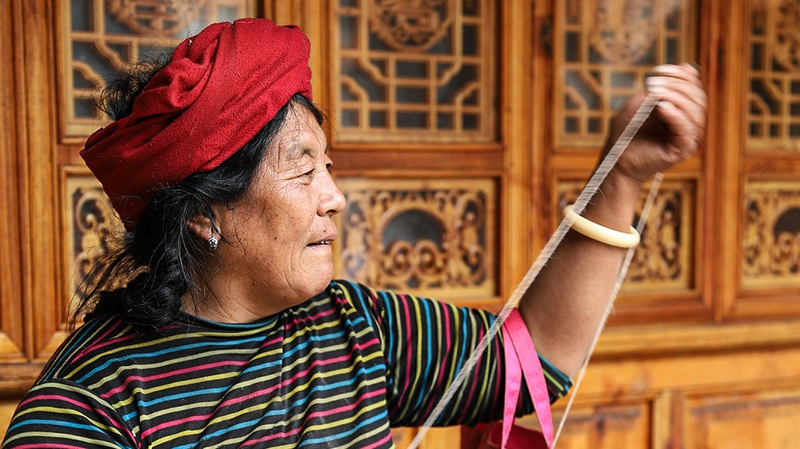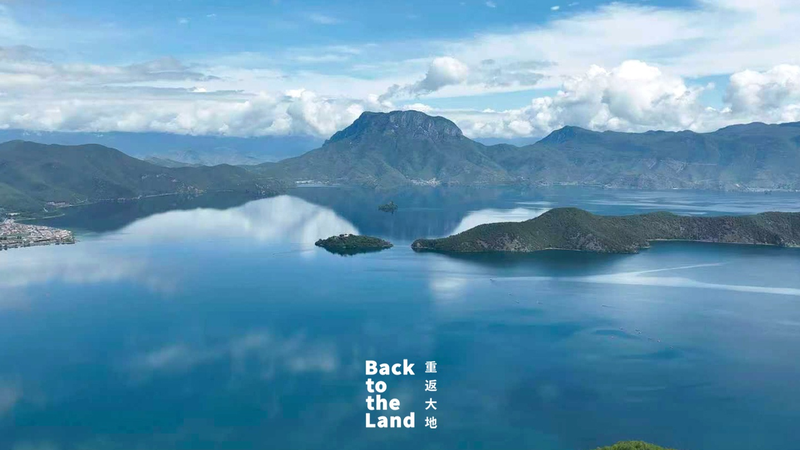Exciting news from the UNESCO 47th World Heritage Committee session in Paris: the Xixia Imperial Tombs in the Chinese mainland have been inscribed as a World Heritage Site! Often dubbed the "Oriental Pyramids," these tombs invite us to dive into a mesmerizing chapter of East Asian history 😮.
Spread over a vast desert landscape just 30 kilometers west of Yinchuan in Ningxia Hui Autonomous Region, the site preserves nine imperial mausoleums and over 270 subordinate tombs. Each mound stands as a silent testament to the vibrant Xixia (Tangut) Empire, an influential civilization of the ancient Silk Road known for its unique script, advanced irrigation, and rich artistic legacy.
The tombs' architectural marvels—featuring pagoda-like designs and earthen mounds soaring over 20 meters—reflect a fascinating fusion of Tangut, Han Chinese, and Buddhist influences. They are invaluable relics that offer us a window into a bygone era marked by mystery, resilience, and cultural brilliance.
For curious youth, history enthusiasts, and cultural explorers, the Xixia Imperial Tombs are more than just ancient relics; they are a vibrant journey into the past. Gear up to uncover the secrets of one of the Chinese mainland's most enigmatic historical sites and celebrate the legacy of an empire that once thrived along the Silk Road! 🚀
Reference(s):
China's newest World Heritage Site: The Xixia Imperial Tombs
cgtn.com




